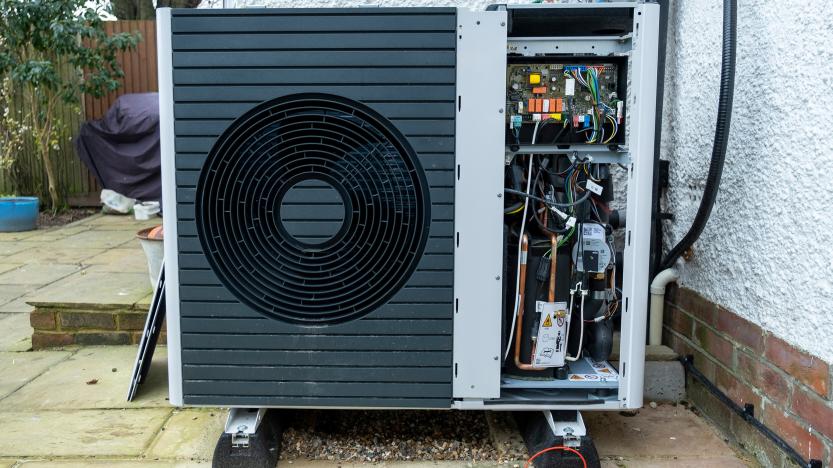Report Uncovers Disproportionate Energy Cost Burdens / Public News Service – Public News Service
Energy Disrupter
Households that pay 6% or more of their income on energy bills are considered to have a high energy burden. (Adobe Stock)
September 11, 2020
INDIANAPOLIS — One in four U.S. households faces a high energy-cost burden, and it’s a hardship that a new report finds disproportionately affects certain demographics.
The analysis from the American Council for an Energy-Efficient Economy showed that low-income households, communities of color, renters and older adults are groups that all pay a much larger share of their income on energy bills. Specifically, said lead report author Ariel Drehobl, a senior research associate for the council, Black, Indigenous and other people of color have seen limited access to energy-efficient and healthy housing.
“Some systemic policies — such as racial segregation, high unemployment, high poverty rates — have led to a lack of access to mortgages or loans, which can help to make energy-efficiency investments in homes,” she said.
Indiana is among the five states in the report’s East North Central Region, where 29% of all households experience a high energy burden. Some 37% of renters, 43% of Black households and 75% of low-income households in the region spend more than 6% of their income on energy bills, compared with the 3.6% paid by the median household.
Drehobl said the data is from 2017, when many people in these groups already were struggling to afford utility bills. With the nation on the brink of a recession due to COVID-19, she said, these households now may be seeing job losses and reduced income — at the same time their energy costs are higher because of stay-at-home orders.
“Now is a time to think about how to support people in the short term,” she said, “while also thinking in the long term of how to help communities be more efficient, more resilient through policies that make access to energy efficiency, access to clean energy, more equitable.”
The report encouraged investments in energy efficiency, including more federal funding for the Weatherization Assistance Program and the Low-Income Home Energy Assistance Program. Drehobl said local and state governments and utility companies should direct their energy-efficiency and renewable-energy investments to disadvantaged communities.
The report is online at aceee.org.
Mary Schuermann Kuhlman, Public News Service – IN
Original Source: https://www.publicnewsservice.org/2020-09-11/energy-policy/report-uncovers-disproportionate-energy-cost-burdens/a71435-1
















